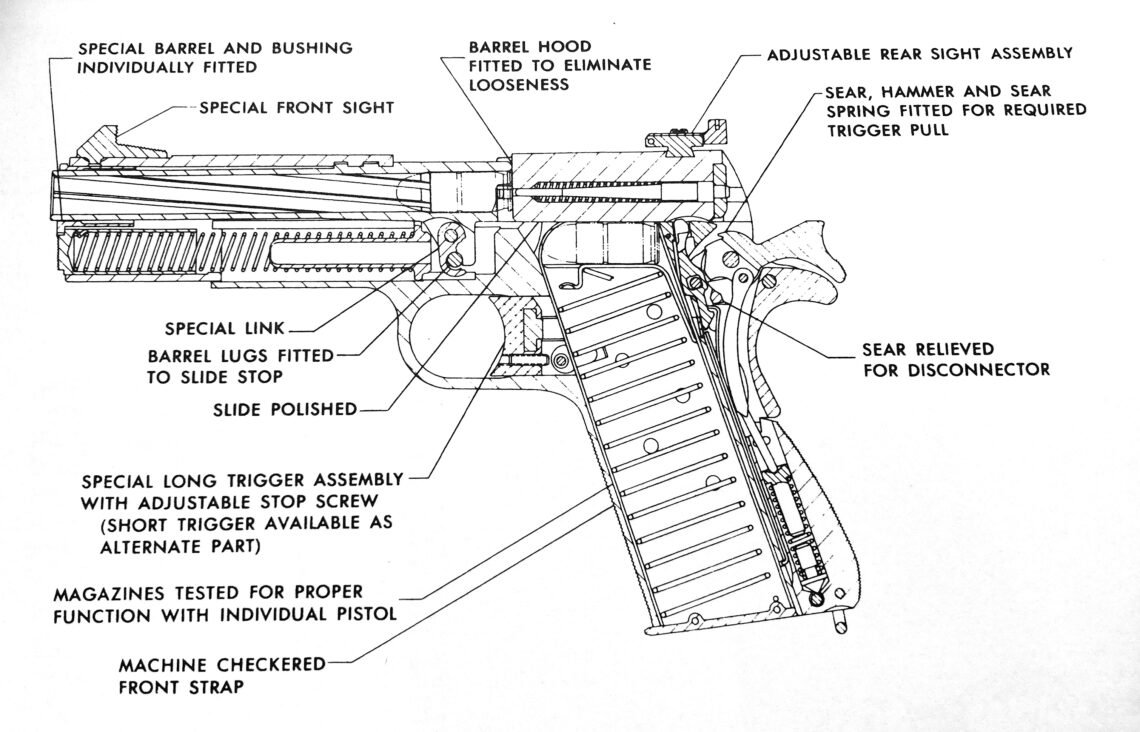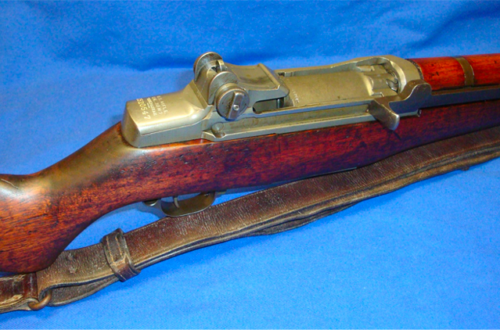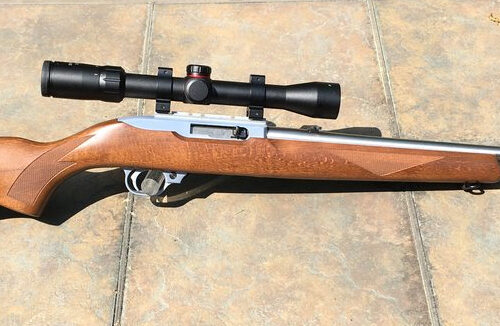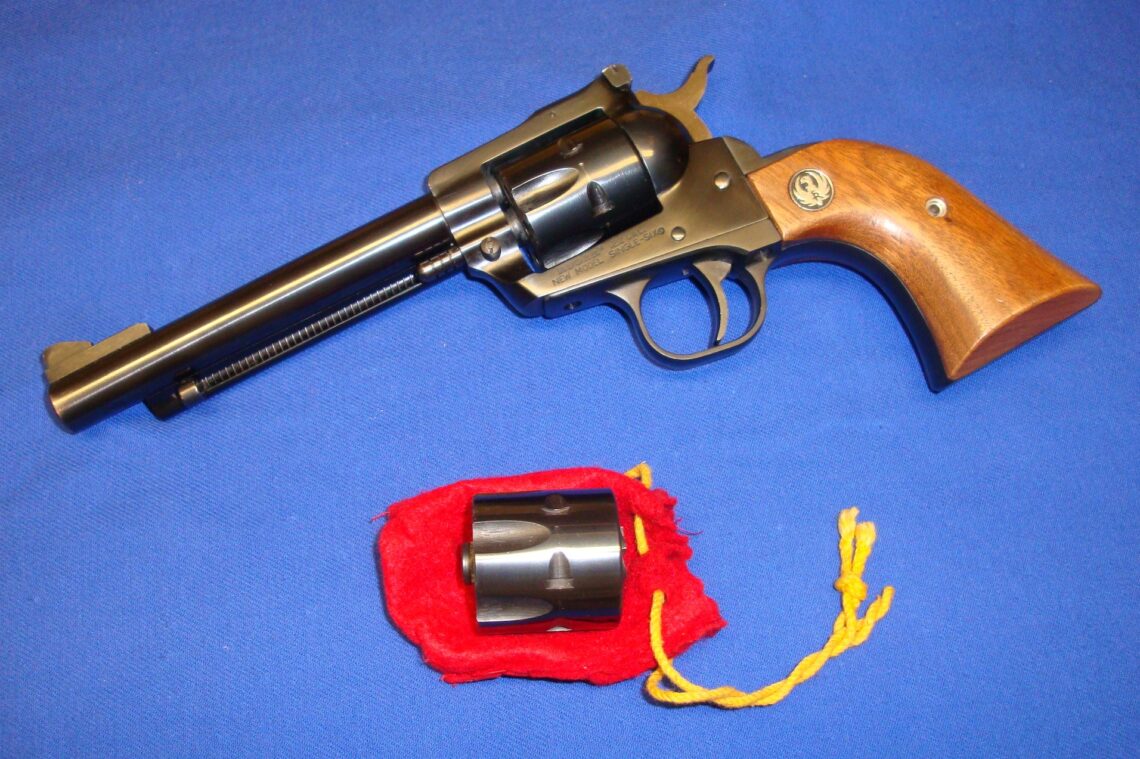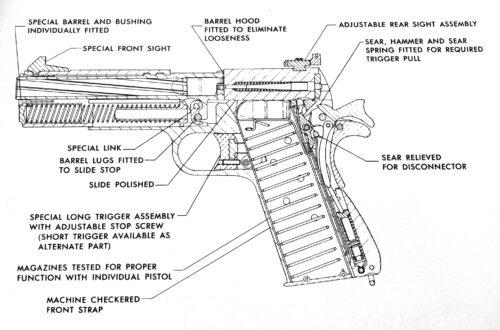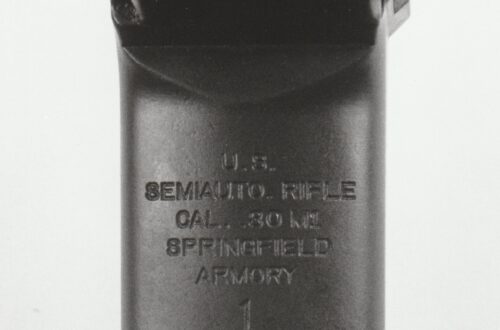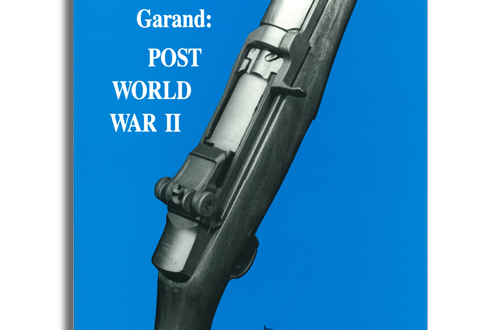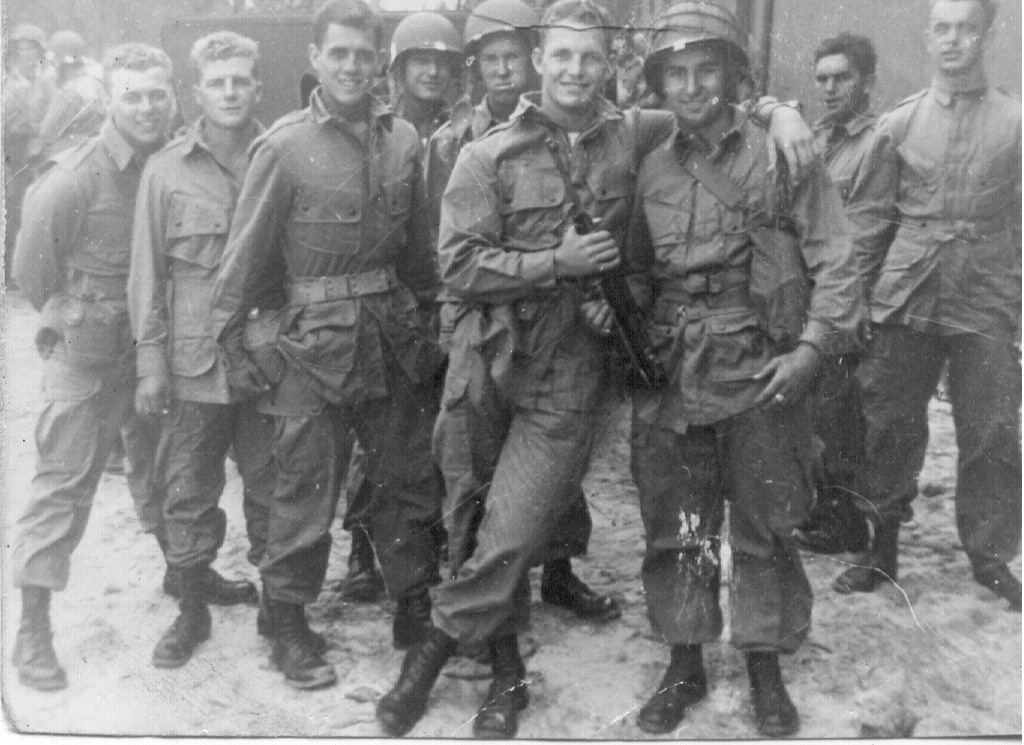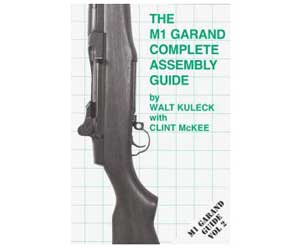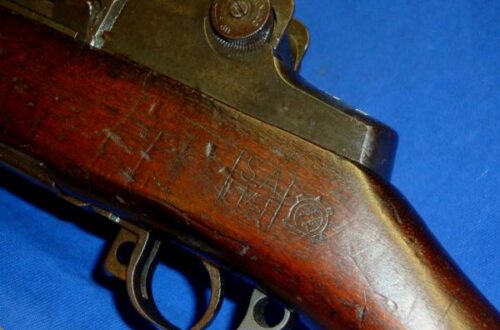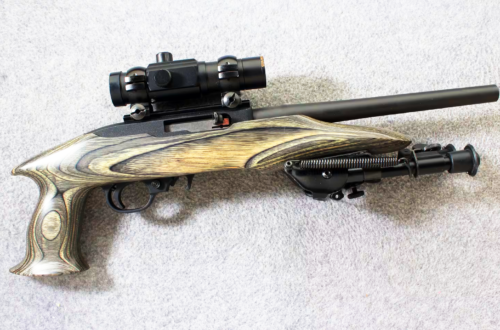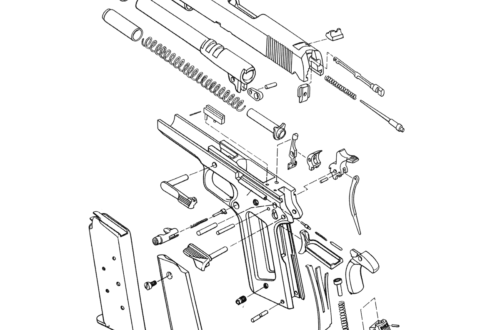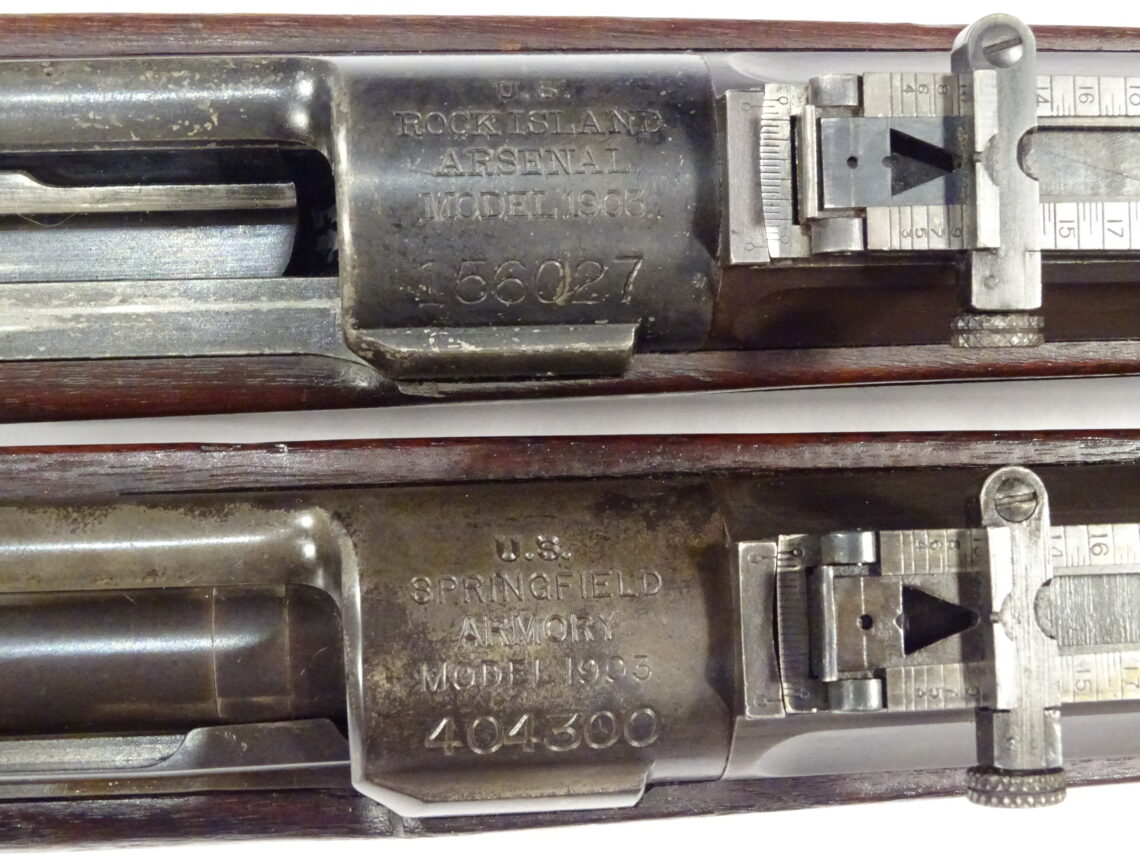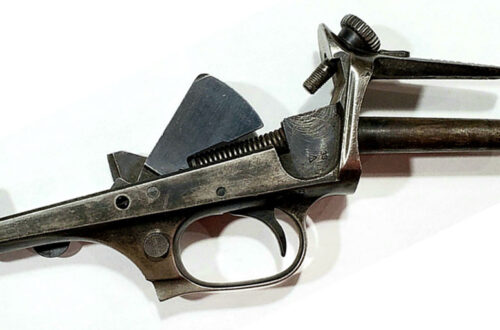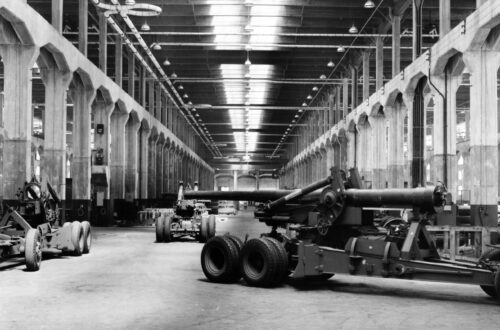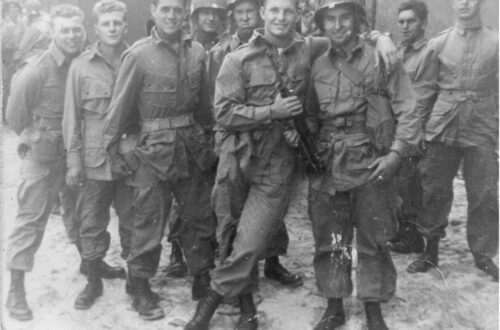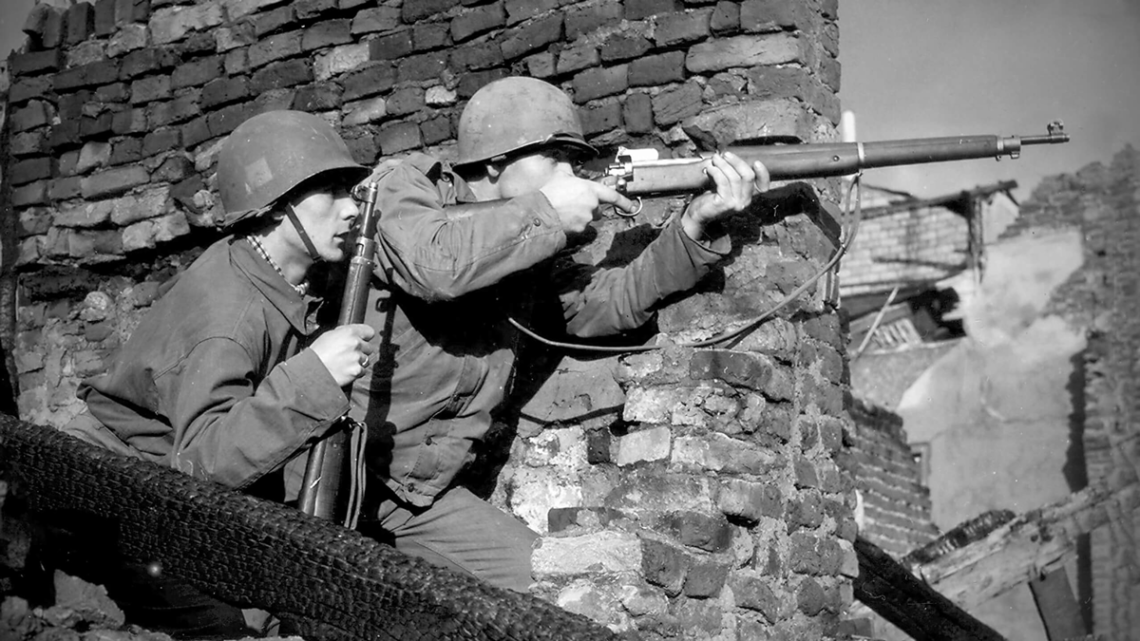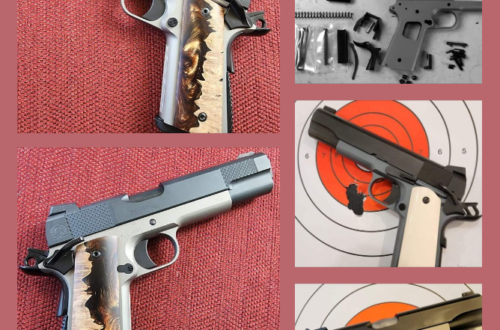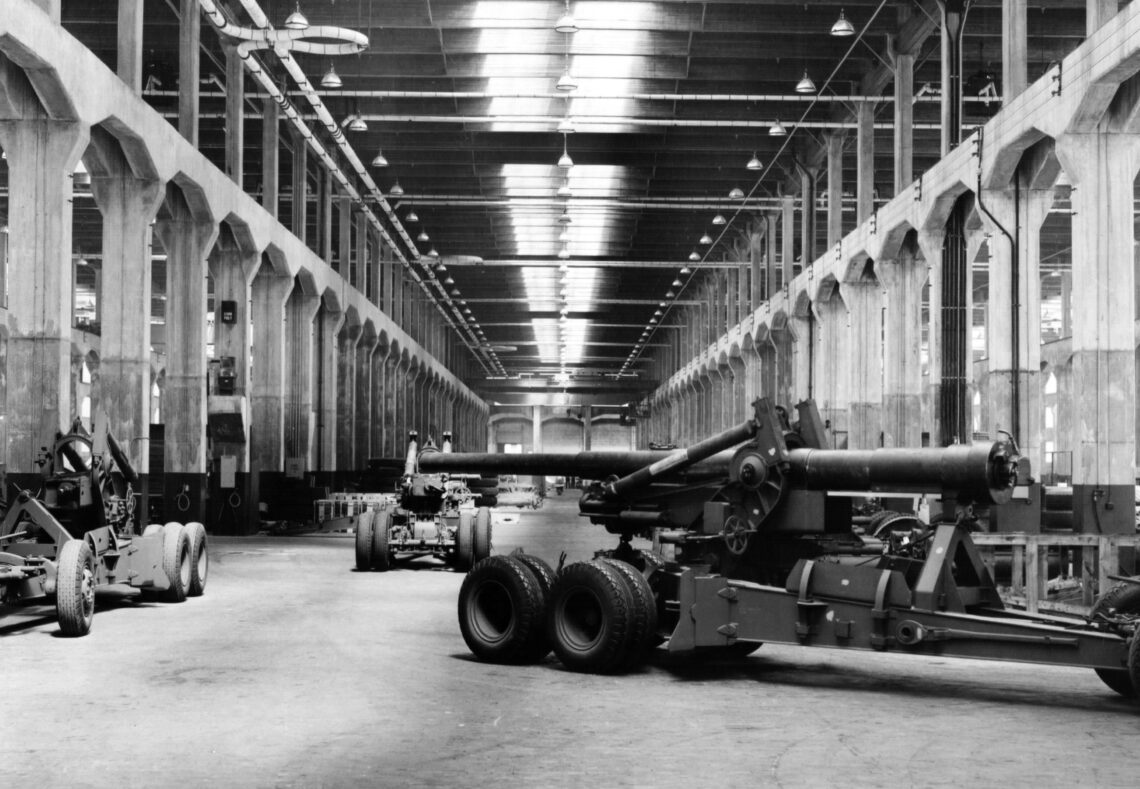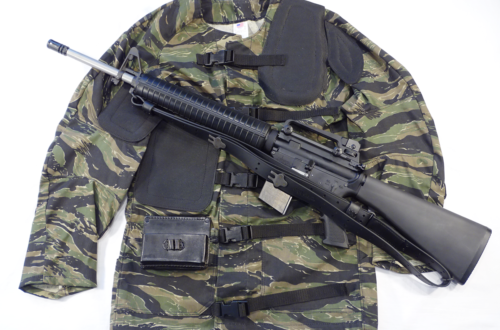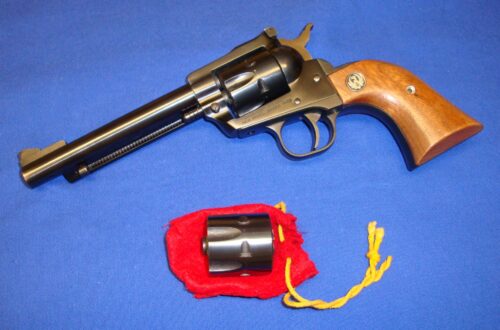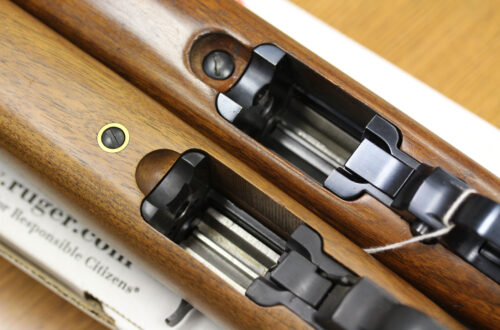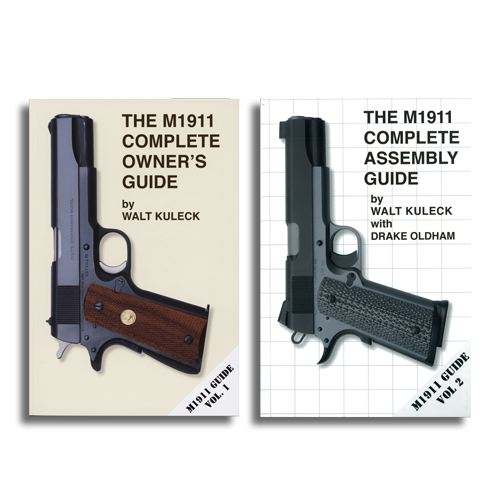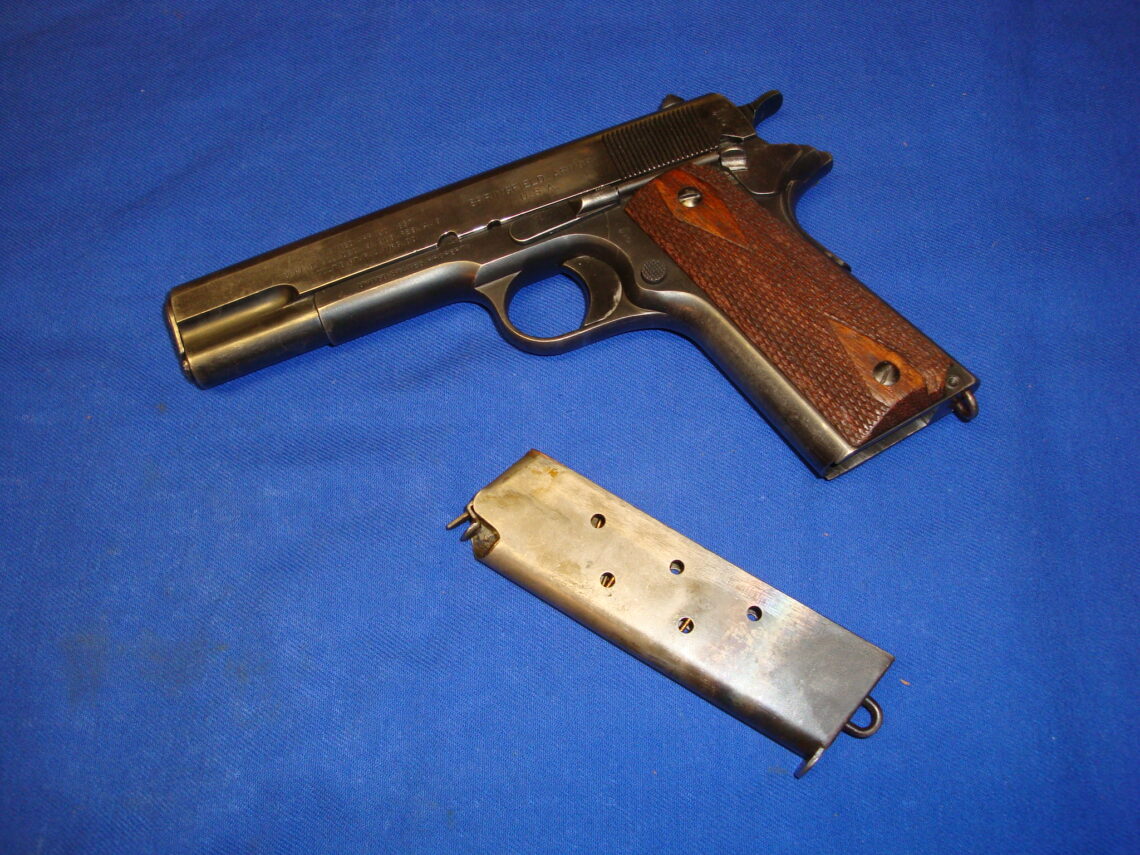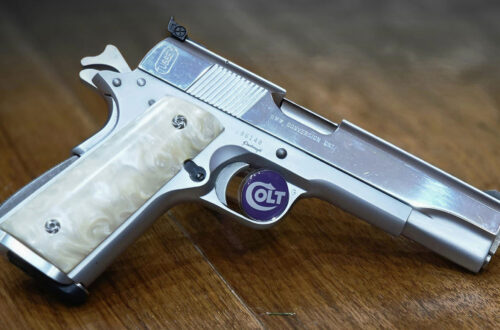-
The M1911 Complete Assembly Guide – Table of Contents
In this book you’ll learn about Pistolsmithing, the M1911 magazines, triggers, stops, locks and history – and much more. Inside: The Model of the 1911 was designed to be a “battle pistol.” The M1911 was adopted by the US Army in 1911 largely on the basis of successfully weathering stringent testing, including environmental testing. These “dust and rust” tests were surmounted by the M1911 despite the metallurgy of the 1910 by providing sufficient clearances for contaminants to be literally “shrugged off.” Thus, while the original M1911s may not have rattle like maracas as legend would have it, they were designed to be loose enough to tolerate dust ‘n rust and…
-
You Can Go Home Again
In June of 1976 I bought my first handgun from Esman’s in Pitcairn, PA. It was a new S&W Model 10 (.38 Special) with blued finish, pencil thin 4-inch barrel and round butt. The price was $113.50. I quickly discovered that I would not shoot it as much as I had planned due to the price of .38 Special ammo being beyond my budget. But I wanted to learn to shoot a handgun and would not be deterred. I had become a regular customer of Export Sporting Goods, having purchased a few long guns from them. They treated me well on prices and allowed me to make payments on layaway…
-
“US Infantry Weapons in Combat – Personal Experiences from World War II and Korea”
When in 1992 I learned that my future father-in-law, Thomas Shoen, Jr., had been a paratrooper in World War II I had to add an M1A1 carbine, jump boots, and a M1942 jump suit to my collection. In conversations with fellow collectors I have found that many of us collect the firearms and accoutrements that we do because our dad, grandfathers, or uncles carried them in World War II or Korea. With that motivation it quickly becomes a personal quest to collect these artifacts as a way to honor their sacrifices for our freedom and in their memory. – Scott Duff Thomas Shoen, Jr. was drafted into the Army in…
-
Sample of United States Rifle Model of 1917
As a serious collector of all U.S. martial arms, I have long awaited publication of a collector-oriented book on the United States Rifle, Model of 1917. Even though the Model 1917 was the predominant rifle of U.S. troops in the “war to end all wars,” it has been largely ignored by collectors. In my opinion, one of the reasons for this neglect is that until now there has not been a book that specifically addresses the type of information that we collectors seek. In order for collector-interest to advance for a particular model of firearm, detailed collector-oriented information must be generally available. Regardless of the model of arm and its…
-
Rock Island Rifle Model 1903
Everyone knows about the famous Springfield ’03. From collectors to service rifle shooters to every 1950s deer camp uncle with a sporterised rifle. But do you know all ‘03s are not Springfields? The M1903 rifle was the primary U.S military rifle from 1903 through 1936 and remained in use in the early days of World War II.
-
Rock Island Rifle Model 1917 – Table of Contents
When the U.S. entered the war, it had a similar need for rifles. The Springfield Armory had delivered approximately 843,000 M1903 Springfield rifles, but due to the difficulties in production, rather than re-tool the Pattern 14 factories to produce the standard U.S. rifle, the M1903 Springfield, it was realized that it would be much quicker to adapt the British design. Although it might have been faster to retain chambering for the .303 British military cartridge, the design was modified for the U.S. .30-06 Springfield cartridge to simplify ammunition logistics. Acknowledgements v Foreword vii Introduction ix Chapter Page 1 Origin 1 2 Manufacture: Interchangeability vs. Production 7 3 World War One 31…
-
Rock Island Rifle Model 1903 – Table of Contents
It would be bemusing to find an arms collector or firearm enthusiast who was not familiar with the U.S. Rifle, Caliber, .30, Model of 1903. Developed by the Springfield Armory and adopted in 1903, the rifle is so closely associated with that venerable National Armory in Massachusetts that when someone refers to a “Springfield rifle,” it is almost axiomatic that they are referencing the M1903. It is sometimes forgotten, however, that another U.S. government ordnance facility also manufactured M1903 rifles from the time of the rifle’s adoption in 1903 until just after World War I. Foreword v Preface vii Chapter Page 1 Rock Island Arsenal 1 2 First Production…
-
US Infantry Weapons In Combat – Table of Contents
“Some movies, like “Band of Brothers” are very accurate, others are not. The general history books of these wars rarely contain the in-depth details of infantry weapons that would be of interest to collectors. The stories about US infantry weapons contained in this book are the real hands-on experiences of the men who actually used them for their intended purposes. Once I began reading these interviews, I could not put the manuscript down.” – Scott A. Duff Table of Contents v Illustrations vii Foreward ix Preface xiii Acknowledgements 1 Darrell “Shifty” Powers • World War II – ETO • Army, 101st Airborne Division 12 Bill Trexler •…
-
My Favorite M1911A1 Pistol
This post is my third about my favorite World War II U.S arms. The first was, of course, about the M1 Garand rifle. The second was about the M1 and M1A1 carbines. This one is about my M1911A1 pistol. The following paragraph is repeated from my first story in Scott & Walt’s Gun Tales. As a researcher and serious student of American history I like comparative technological study. Therefore, my theme for World War II focuses on the year 1943. By 1943 the primary US arms were well developed and production was at or nearing its peak. Americans were engaged in combat against the Axis powers around the world. My…
-
M1911 Springfield Armory, 1914 Production
I began collecting U.S. martial arms in 1980. My interest was focused on M1911 and M1911A1 service pistols. A 1983 business trip in to Holyoke, MA and time to kill before my return flight led to my first visit to Springfield Armory National Historic Site Museum (SANHS) and triggered an interest in all arms made by Springfield Armory. By 1986 my interest narrowed to collecting M1 Garand rifles and M1911/M1911A1 pistols. My interest in both arms continues to this day. Over the decades I’ve been fortunate to have owned many outstanding examples of nearly every manufacturer with many having been in outstanding condition. But a very good condition M1911 manufactured…
